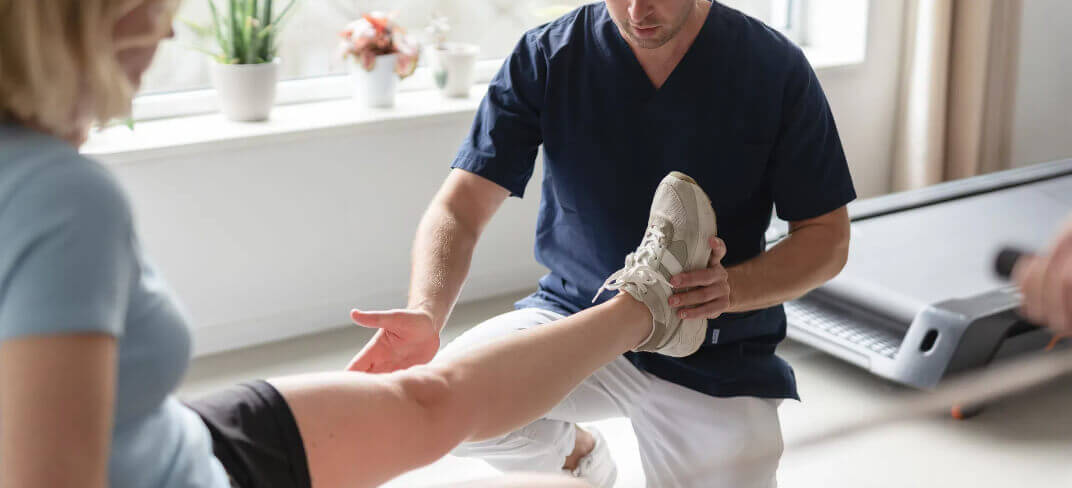ACL Injuries. Interview with Prof. Stefano Zaffagnini.

Injuries to the anterior cruciate ligament (ACL) are common in sports that involve rapid stops or changes in direction, jumping, and landing, such as football, rugby, and basketball. Treatment depends on the severity of the injury and may involve simple rest with rehabilitation exercises. In other cases, surgical intervention is necessary to repair the tear. We discussed this with Professor Stefano Zaffagnini, an orthopedic surgeon and specialist in Traumatology at UPMC Salvator Mundi International Hospital.
Professor Zaffagnini, first of all, can you explain what the anterior cruciate ligament is?
It is the most important ligament among those in the knee, located in the center. The knee consists of four bones: the femur, tibia, fibula, and patella, and two menisci, the medial and lateral, which are fibrocartilaginous structures that prevent the femur and tibia from wearing down when they slide against each other during intense physical activities like running or jumping. Finally, there are the four ligaments: the anterior cruciate, posterior cruciate, medial collateral, and lateral collateral. Ligaments are strong, fibrous connective tissues that stabilize the joint, supported by two muscles: the quadriceps in the front and the hamstring in the back of the leg.
How does an athlete injure the anterior cruciate ligament?
We could describe an ACL injury as a "perfect storm." When the knee twists while rotating and the athlete hears a sudden pop, it’s most likely an ACL injury. In case of a tear, the knee tends to swell immediately. The doctor, even on the sidelines, can perform a test to confirm the injury.
What’s the next step?
The first thing to do when an athlete shows symptoms consistent with an anterior cruciate ligament injury is to get an MRI. This diagnostic test allows us to see inside the knee, including the ligaments, meniscus, and all other structures. Based on the results, the specialist may decide on different approaches. In the case of partial tears, surgery might not be necessary. On the other hand, surgical intervention is inevitable when the ACL is completely torn, and the patient wants to return to playing at the same level as before the injury.
Is it possible to fully reconstruct the ligament?
Absolutely. In this case, we create a new ACL from a tendon. Naturally, the patient will need to follow a specific and personalized rehabilitation program to fully recover the joint’s functionality.
Can you confirm the importance of post-surgery rehabilitation?
Post-surgery rehabilitation is absolutely crucial. The rehabilitation program, which can last several months, is divided into distinct phases. Initially, the focus is on reducing inflammation and restoring basic movement. Next, the emphasis is on regaining muscle strength. Finally, the goal is to recover full mobility and speed, allowing the patient to return to normal activities, including sports.
What is the average recovery time from an ACL injury?
The average recovery time from an ACL injury is about eight to nine months for complete recovery. However, returning to pre-injury playing level can take up to a full year.
Professor Zaffagnini, what advice would you give to athletes facing an ACL injury?
First and foremost, I recommend seeking out qualified specialists, both for the diagnosis and the planning of the therapeutic and surgical path, as well as for the rehabilitation phase. Additionally, it’s crucial not to rush the recovery process and not to get discouraged. With the support of a competent team and following a program tailored to your specific needs, it is possible to return to playing at your best.
Learn more about the orthopedic services at UPMC Salvator Mundi International Hospital.